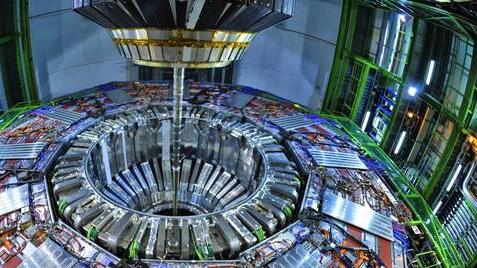For thousands of years, people have sought to understand the true nature of the world: what is everything made of? How do particles compose the whole that we see? Physicists have diligently worked to uncover layer after layer of this mystery, and in the 1970s, they compiled a detailed theory known as the Standard Model of particle physics. The Standard Model describes a diverse array of particles and is considered one of the most accurate and successful theories ever formulated. Particle accelerators worth billions of dollars, such as the Large Hadron Collider at CERN in Switzerland, were constructed to test and further develop the Standard Model.
So far, the model has withstood every test. Nevertheless, the physics community acknowledges that the Standard Model is incomplete and does not describe the world with full accuracy. 4 View gallery The largest particle accelerator in the world cost billions of dollars to construct.

A detector in the particle accelerator at the CERN research center in Switzerland ( Photo: D-VISIONS, Shutterstock ) Constructing the model The Standard Model is a physical model based on quantum field theory, a physical theory framework developed during the early twentieth century that unites the principles of special relativity with those of quantum mechanics. In the realm of physics, a field is a mathematical object assigning a value to each point in space. A familiar analogy from everyday life is the temperature field: at each point in our world, ther.
















